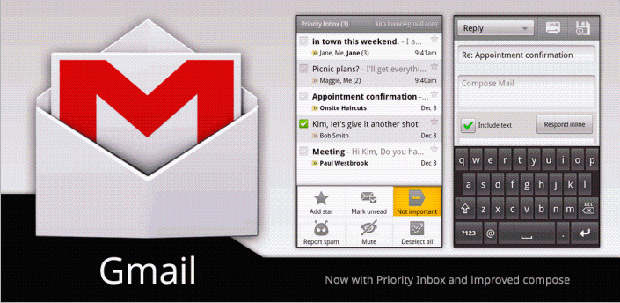MTS has just announced two Android handsets – Livewire and Mtag, with bundled offers. With a price tag of just Rs 4,999 for Livewire and Rs 5,499 for Mtag and with free bundled voice, data and SMS, the two phones look like a great deal for prepaid users.
The deal looks even better as there are no monthly contractual fees to be paid. On top of that you get the cheapest smartphones.
In the GSM category, Spice Mi270 at Rs 5,700 seems a competitor for the newly launched MTS handsets but it does not have 3G and hence does not support high speed connectivity. Other options with 3G are more expensive – such as Karbonn A1 for Rs 6,400 , Micromax Andro A60 at Rs 5,713 and Vodafone 858 Smart (it is the GSM version of Mtag) at Rs 6,695.
And even though you are not paying a premium price you will get 150 minutes of calls, 150 SMSs and 150 MB of data free every month for 12 months. And this kind of offer is not available with any other phone, not even with the Vodafone Smart which despite being launched by an operator offers no free usage except free Facebook access for one year.
For postpaid users pricing is more attractive with Livewire available for Rs 2,999 and mTag 3.1 for Rs 3,500. However, there is a 12 month contract during which you will have to pay Rs 250 each month, but then you will also get 250 minutes of calls, 250 SMSs and 250 MB of data free every month of the contract period.
But does the offer justify buying a SIM locked device?
While it is true that the bundled offer is not worth Rs 10,800 as the company claims, it is probably worth at least Rs 3,000. In addition, MTS is not asking for any premium in terms of handset price. Also, it must be noted that MTS is offering the cheapest call rates amongst all the operators and the data speed and Network coverage is also good. Being a CDMA network, data charges are much lower as well.
While Livewire is essentially a ZTE phone, mTag 3.1 is a Huawei phone. Both these companies are of repute and are major supplier of telecom equipments to almost all the operators in India and across the world.
In terms of specifications mTag has slight edge, which reflects in the price also, as it has a 2.8 inch capacitive screen with 320 x 240 Pixel resolution. Livewire has a similar screen with the same Resolution but comes with a resistive touch input.
With just 528 MHz Processor with 256 MB RAM, mTag 3.1’s performance is expected to be just acceptable, but then that’s what you expect from a low cost smartphone. Livewire has a slightly bigger 600 MHz processor. However, since it employs a resistive touchscreen, the overall performance of mTag is expected to be better.
We have used both devices, although for a very short while, but we found their performance quite acceptable especially considering that they are in the lowest smartphone category.
What is most worrying is that mTag and Livewire use 1050 mAh and 1000 mAh batteries respectively. Although the claimed Standby time is 200 hours, getting a full day’s backup for normal usage would be a surprise.
Other features of the Android phones are all available including Bluetooth, WiFi, A-GPS, 3G (CDMA EVDO, 3.1 Mbps), and Google products suite are all available. Also, the devices can be used as modems.
If you look at the specifications of other Android phones with 2.8 inch screens, they all come with resistive touchscreens (except Vodafone Smart), and comes with similar hardware and software but are more expensive, and aren’t bundled with any service offers.
Verdict
On the face of it it is an offer well worth considering. However, we will reserve our verdict till we finally get to test the device. If some of you do buy these handsets do let us now your experience.
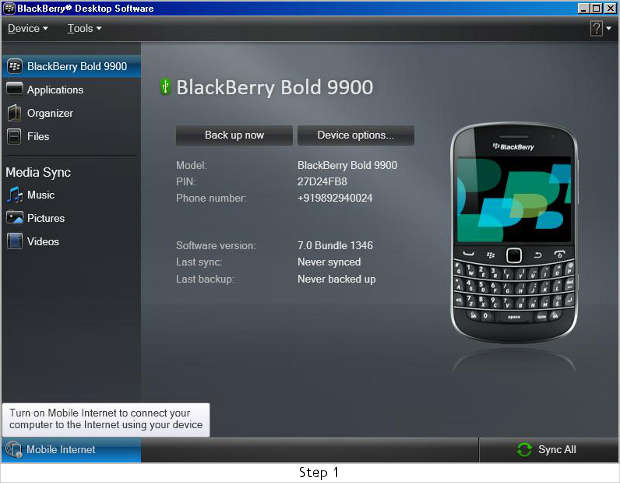
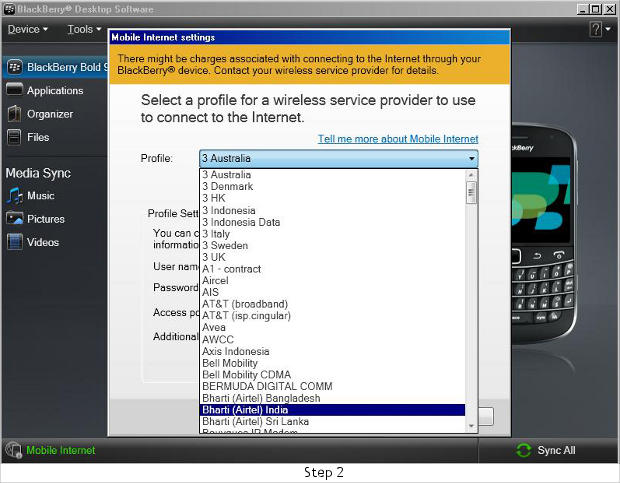
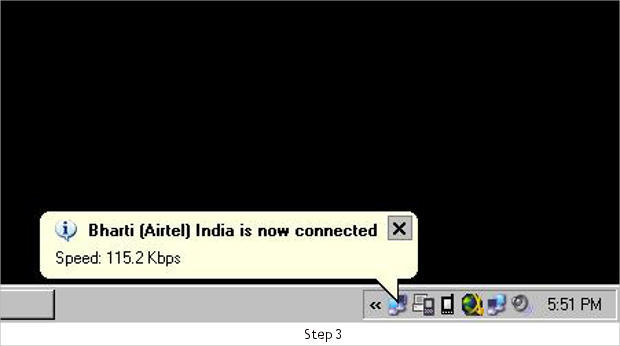



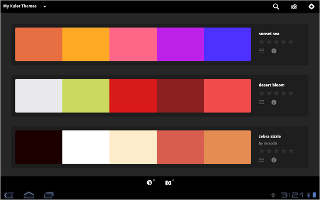

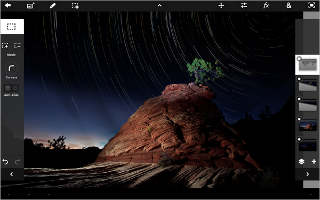 Nothing works better than presenting the designs created using the Creative Suite over on tablet using the
Nothing works better than presenting the designs created using the Creative Suite over on tablet using the 